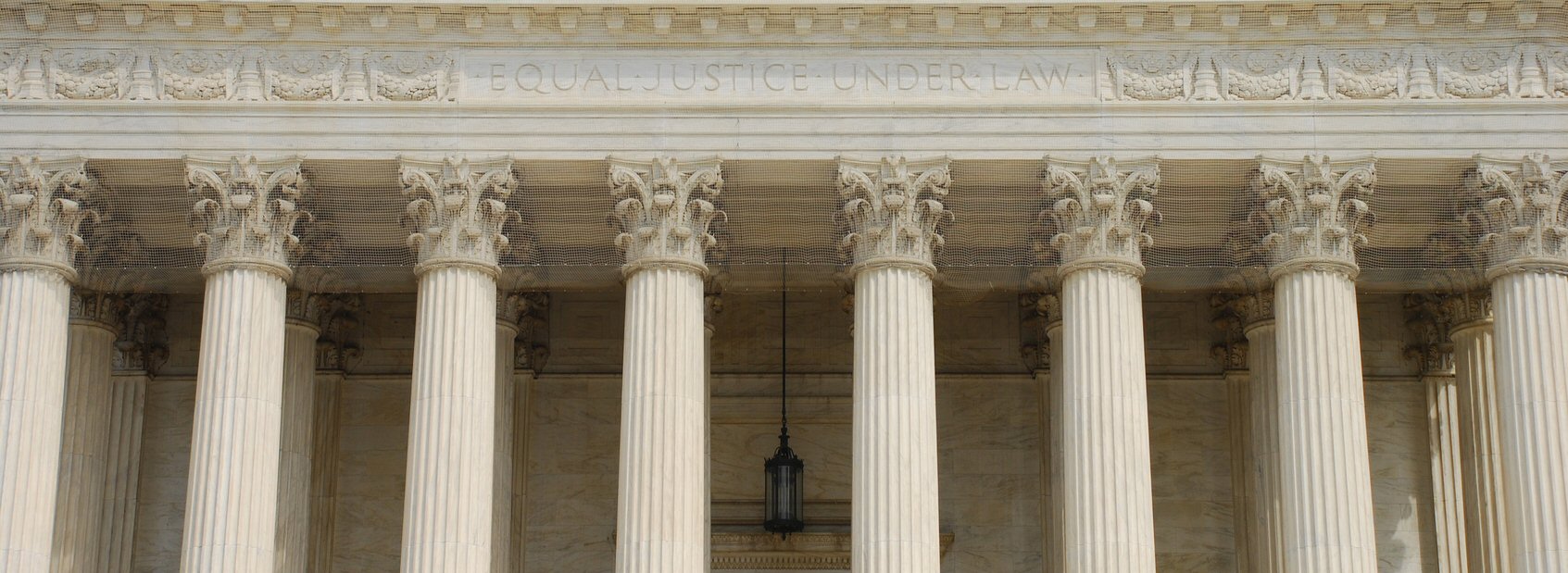Position Statement – 2021
S.699 (Hoylman)
Birds & Bees Protection Act
Support
The Women’s Bar Association of the State of New York (“WBASNY”) urges the New York State Legislature to enact the “Birds & Bees Protection Act,” which would ban certain pesticides. In addition to protecting birds and pollinators, the Act would protect humans. There is emerging evidence that these pesticides may cause serious human health impacts. Children may be most at risk.
The Act prohibits the sale of certain pesticides and requires the Commissioner of the Department of Environmental Conservation (“DEC”) to review studies and report on the use and effects of those pesticides. Specifically, the Act bans the sale and use of any pesticides with the active ingredients clothianidin, imidacloprid, thiamethoxam, dinotefuran, acetamiprid, thiacloprid, nithiazine (all of which are neonicotinoids) and/or fipronil.1 Exception is made for pet care products used to mitigate fleas, mites, ticks, heartworms, or other animals that are harmful to the health of a domesticated animal; personal care products used to mitigate lice and bedbugs; and indoor pest control products used to mitigate insects indoors, including ant bait.
The Act also requires the DEC to consider a number of other strategies to protect birds and pollinators. Both bills provide that the Act expires after five years, with the expectation that new laws will be enacted before then based on the DEC’s findings.
As evident from its title, the Act seeks to protect birds, bees and other pollinators from further harm. Population collapse has been occurring in many species, with honeybee colony collapse disorder figuring most prominently in the news. There is a growing scientific consensus that neonicotonoids (commonly called “neonics”) and fipronil are to blame. The pesticides are applied to seeds and crops, are water soluble, and can travel through groundwater and on the wind. Though the pesticides are aimed at certain pests, non-target insects and pollinators cannot avoid being exposed. And as the pollinators collapse, so do crops.2
Humans cannot avoid these pesticides either. The pesticides affect entire food chains. They enter the plants and crops themselves, and thus cannot be washed off. They commonly contaminate produce and baby food.3 A U.S. Centers for Disease Control study found that half of the U.S. population is exposed to neonics on a regular basis, with concentrations highest in young children.4 The water itself may be contaminated. A U.S. Geological Survey discovered neonics in a little more than half of both urban and agricultural streams sampled in 2011-2014 across the United States and Puerto Rico.5 Recent U.S. Geological Survey testing of Long Island groundwater monitoring wells found the neonic, imidacloprid, in 11% of samples from the Suffolk well network, 33% of the samples from the Nassau/Queens network, and in 59% of the samples from the eastern Long Island network (which was in a coordinated pesticide management area).6 “[S]everal studies have also shown that neonics’ high runoff potential leads to prolonged watershed exposures, ranging from weeks to months to possibly years.”7 Conventional drinking water treatments generally do not remove neonics from neonic-contaminated water.8
1 Neonicotinoids are a class of neuro-active insecticides chemically similar to nicotine. Neonicotinoids mimic the action of neurotransmitters, while fipronil inhibits neuronal receptors. Thus, they attack the nervous systems of the creatures that contact them.
2 Our ability to feed ourselves is heavily dependent on bees and other pollinators. “Some scientists estimate that one out of every three bites of food we eat exists because of animal pollinators like bees, butterflies and moths, birds and bats, and beetles and other insects.” National Resources Conservation Service, United States Department of Agriculture, https://www.nrcs.usda.gov/wps/portal/nrcs/main/national/plantsanimals/pollinate/ In New York State alone, $1.2 billion of our crops are pollinator-dependent. This includes berries, pumpkins, apples, squash, tomatoes, cabbage, strawberries, cherries, pears, grapes and honey. Cornell College of Agriculture and Life Sciences, https://pollinator.cals.cornell.edu/wild-bees-new-york/#:~:text=In%20New%20York%2C%20important%20pollinator-dependent%20crops%20include%20apple,York%20State%20Department%20of%20Agriculture%20and%20Market s%3B%20www.agriculture.ny.gov%29.
3 See, e.g., Craddock, Hillary A., Huang, Dina, Turner, Paul C., Quiros-Alcala, Lesliam, and Payne-Sturges, Devon C. , Trends in Neonicotinoid Pesticide Residues in Food and Water in the United States, 1999-2015, Environ. Health (January 2019), https://pubmed.ncbi.nlm.nih.gov/30634980/;Naidenko, Olga, Neonic Pesticides: Banned in Europe, Common on U.S. Produce, Lethal to Bees, Environ.Working Grp., July 26, 2018, https://www.ewg.org/foodnews/neonic-pesticides.php; Sass, Jennifer, PhD, NRDC to EPA: Red Flags on Imidacloprid Health Risks, November 29, 2017. https://www.nrdc.org/experts/jennifer-sass/nrdc-epa-red-flags-imidacloprid-health-risks; Fipronil egg scandal: What we know, BBC News, August 11, 2017, https://www.bbc.com/news/world-europe-40878381; Friends of the Earth, Toxic Secret, https://foe.org/food-testing-results/ (visited Oct. 27, 2020).
4 Ospina, Maria, Wong, Lee-Yang, Baker, Samuel E., Bishop Serafim, Amanda, Morales-Agudelo, Pilar, and Calafat, Antonia M., Exposure to Neonicotinoid Insecticides in the U.S. General Population, Environ Res. (Sept. 2019), https://pubmed.ncbi.nlm.nih.gov/31288196/
5 Hladik, Michelle and Kolpin, Dana W., First National-Scale Reconnaissance of Neonicotinoid Insecticides in Streams across the USA, Environmental Chemistry 13(1), January 2015, https://www.researchgate.net/publication/283029031_First_national-scale reconnaissance of neonicotinoid insecticides in streams across the USA
6 Fisher, Irene J., Phillips, Patrick J., Bayraktar, Banu N., Chen, Shirley, McCarthy, Brendan A., Sandstrom, Mark W., Pesticides and their Degradates in Groundwater Reflect Past Use and Current Management Strategies, Long Island, New York, USA, Sci. Total Environ., Vol. 752, January 15, 2021 (available online August 23, 2020), https://www.sciencedirect.com/science/article/abs/pii/S0048969720354243
7 Mineau, Pierre, Impacts of Neonics in New York Water, Their Use and Threats to the State’s Aquatic Ecosystems, https://www.nrdc.org/sites/default/files/impacts-neonics-in-ny-water-report.pdf; https://www.researchgate.net/publication/335025634_Impacts_of_Neonics_in_New_York_Water_Their_Use_and_ Threats to the State’s Aquatic Ecosystems
8 Klarich, Kathryn L., Pflug, Nicholas C., DeWald, Eden M., Hladik, Michelle L., Kolpin, Dana W., Cwiertny, David M., and LeFevre, Gregory H., Occurrence of Neonicotinoid Insecticides in Finished Drinking Water and Fate During Drinking WaterTreatment, Envir. Sci. and Tech. Letters, April 2017, https://pubs.acs.org/doi/pdf/10.1021/acs.estlett.7b00081

